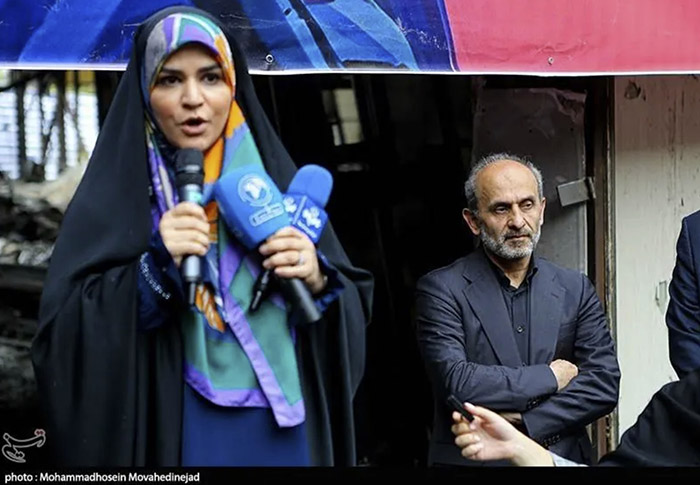The 80-Centimeter Mustache of Constable Safdar Zamani: A Look Back at a Unique Figure

Introduction
In the annals of Iranian history, there are characters whose stories transcend mere documentation to become cultural icons. One such figure is Chief Constable Safdar Zamani, a man distinguished not only by his dedication to law enforcement but also by his extraordinary appearance. Renowned for his impressive 80-centimeter mustache, Zamani struck a formidable presence during the reign of Reza Shah Pahlavi. This article delves into the life of this unconventional policeman, documenting his influence on policing, his unique characteristics, and his lasting legacy as captured in a famous photograph published in the Etelaat newspaper on April 12, 1965.
A Glimpse into Zahedan’s Policing History
Zahedan, a significant city in southeastern Iran, played a considerable role during the Pahlavi dynasty. In the 1960s, the city faced various challenges, including rising crime rates and social unrest. Chief Constable Safdar Zamani was tasked with maintaining order in a rapidly changing environment. His appointment illustrated the Pahlavi regime’s efforts to modernize and professionalize the police force.
The Man Behind the Mustache
Safdar Zamani was not just a constable; he embodied a larger-than-life persona. His 80-centimeter mustache was not merely an eccentricity but a badge of pride, a symbol of masculinity, and a tool that demanded respect. Interestingly enough, Zamani patrolled without a weapon, relying solely on his intimidating presence and the unwavering respect he commanded from the community and criminals alike.
The image of Zamani as featured in the Etelaat newspaper was not just another photo; it captured the essence of a simpler time where individuals like him governed through stature rather than sheer force. This unique approach certainly had its merits; criminals often surrendered without the need for confrontation, intimidated by the aura of authority Zamani projected.
The Cultural Context of Mustaches in Iran
In Iranian culture, facial hair – particularly mustaches – has always held various connotations. They can symbolize wisdom, masculinity, and social status. Zamani’s fantastical mustache resonated deeply with the traditional values upheld during the Pahlavi era, making him a compelling figure to citizens at the time. It represented a connection to traditional masculinity at a time when Iran was on the cusp of modernity.
Interestingly, mustaches can also tell stories of the socio-political fabric of the time. Safdar Zamani’s lengthy mustache stood as a statement against the growing Western influences and modernization efforts imposed by the Pahlavi regime. In an era when many were assimilating into Western styles, Zamani’s mustache arguably served as a subtle yet powerful act of cultural defiance.




